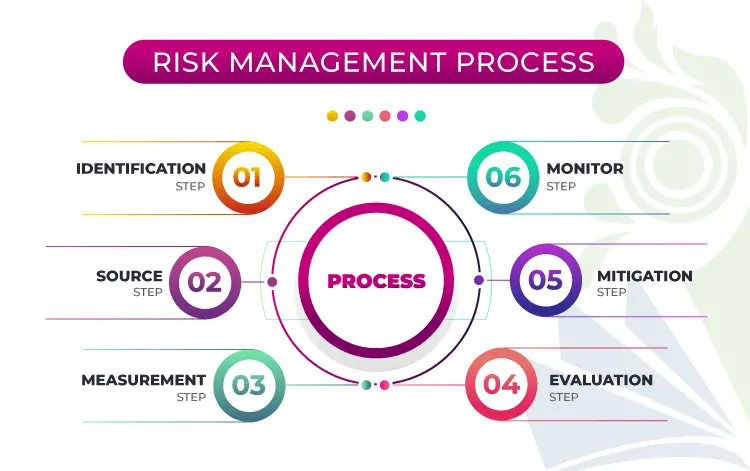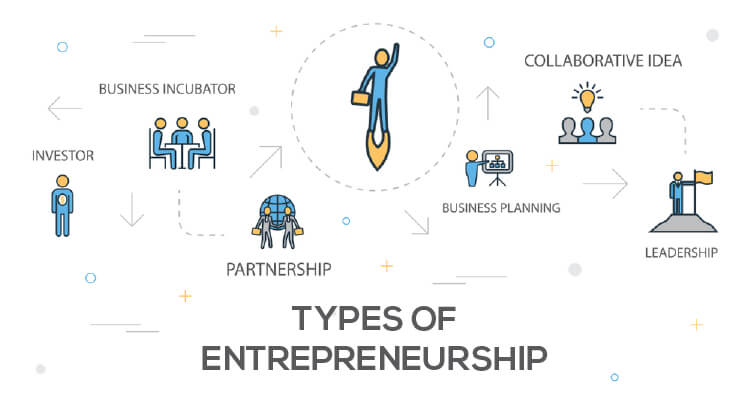6 Steps of Risk Management Process
No risk, no gain – it is a universal truth. So, if you want to be a success, you have to take a risk. Before taking the risk, you should know what your risk is? Because an entrepreneur never runs his business without identifying the risks. Now, you can ask how to find it? The answer is the application of the project risk management process diagram. By this method, you can find threads and decide on a business. However, this article contains all details about this concept.
What is the Risk Management Process?
World Finance suggests the different types of entrepreneurs to identify, prioritize, and evaluate business risks. When a manager designs a project, it is called risk management. Risk management manages through a process. This process name is the process of risk management. It is one kind of systemic procedure that explains how to identify and face the risk. There are four key elements. Such as:-
- Process
- Integration
- Culture
- Infrastructure
These elements are flexible. Organizational structure, risk profile, managerial strategy, and operational philosophy vary the business’s complexity.
6 Steps of Risk Management Process Flowchart:
Dr. Ariane Chapelle, who is an Associate Professor at University College London. He wrote a book named Operational Risk Management: Best Practices in the Financial Services Industry. Here, he has mentioned the six steps in the process. Such as:-
- Identification
- Source
- Measurement
- Evaluation
- Mitigation
- Monitor
Now, your task is to put them as soon as possible.

First Step – Identification:
Firstly, a manager identifies a business’s risk. Additionally, it provides a report to decision-makers so that they can come to a decision easily. It helps to formulate effective risk-responsive initiatives. As a result, the entire organization considers the following attributions. For instance-
- The positive, strong effection
- The fact of something’s likely.
- Nicely acceleration
- Firmness of purpose
Second Step – Source:
Secondly, after identifying the proper risk, a manager should trace the root reasons. When management felts the actual risk diversity, risk responsive metric comfortably designs at the source. The end of it ensures the following things. For instance-
- Overcoming the problem
- Reaching success tendency
- Showing satisfaction sign
Third Step – Measurement:
If you’re failed to measure something, you’ll be unable to manage it. This is an adage that is known to us. So, the manager must practice increasing transparency and accountability by improving quantitative and qualitative risk measurement. The question may arise on how to do it? But measurement methodology is straightforward. Such as:-
- Scoring and rating the certain risk
- Claiming the cost analysis and exposure
- Analyzing the potential sensitivity
- Examing the stress
- Tracing key variables reviewing to a confirming exposure
Against these simple strategies of management, we can find a more complex methodology also. When a company gains advanced capability, they use some complicated course of action. But remember that ignoring the risk, getting hold of step is prohibited. However, there are tried to include several complex factors in management methodology analysis. For instance-
- Obtaining at risk
- Meticulous analytics that is exclusive to the company
- Risk-regulated performance management.
- Examing value at risk
Fourth Step – Evaluation:
Fourthly, managers choose the appropriate risk response. We can categorize four types of risk responses in project management. Such as:-
- Avoid
- Accept
- Reduce
- Share
In the project risk management process overview, the organization first rejects or accepts a risk-based assessment. This way, the risk is desirable or undesirable. When a desirable risk is accepted, the company monitors and manages it effectively through strategic business models or futuristic operations. Whereas, when undesirable risk is accepted, the company cannot monitor or manage it rather than throws it as an off-strategy process.
Fifth Step – Mitigation:
Fifthly, after selecting risk response types in project management, the organization tries to identify a gap in risk management capabilities. When they are able, they develop those capabilities to implement the necessary risk response. Thus, the mitigation step builds up.
Sixth Step – Monitor:
Finally, risk analytics, web-enabled technologies, and models ensure it possible to accumulate information about risks using general data elements to support the creation of a risk management scorecard or dashboard for risk owner, unit’s executive management managers. This scorecard or dashboard presentation should be flexible to enable certain needs and demands. On the ground of this, the monitor touches the goal.
| Steps | Task |
| Identification | Risk identified |
| Source | Root reason traced |
| Measurement | Methodologically risk measured |
| Evaluation | Risk response is chosen |
| Mitigation | Gap identified to improvement |
| Monitor | Dashboard or Scorecard Presentation |
Significance in the Process of Risk Management:
The process of a risk management plan is essential. Because It empowers a company with the necessary tools, these tools really help identify the potential risk. Once a manager can identify the risk, he can easily mitigate it. Additionally, the risk management overview process finds out a business with a gound up that can take up a quality decision preparing.
Management and assessment of risks are the best course of action to make for the business incident. It may help to open a way of growth and progress. When a company evaluates the potential risks collected by the risk management cycle, it improves structures to address them. It develops and becomes the success of the entity.
Additionally, the supply chain risk management cycle for federal facilities; verifies risks of a high priority are dealt with as belligerent as attainable. Besides, management requires enough information to make proper decisions and making profits.
Conclusion:
The objective of the project risk management process differs from business to business. But all companies expect how to write a risk management plan to improve their business.





Im grateful for the article post. Really Cool.
Without risk, a business can’t run properly in the marketplace. So, risk management studies are very important to learn how to overcome or handle the risk of a business.